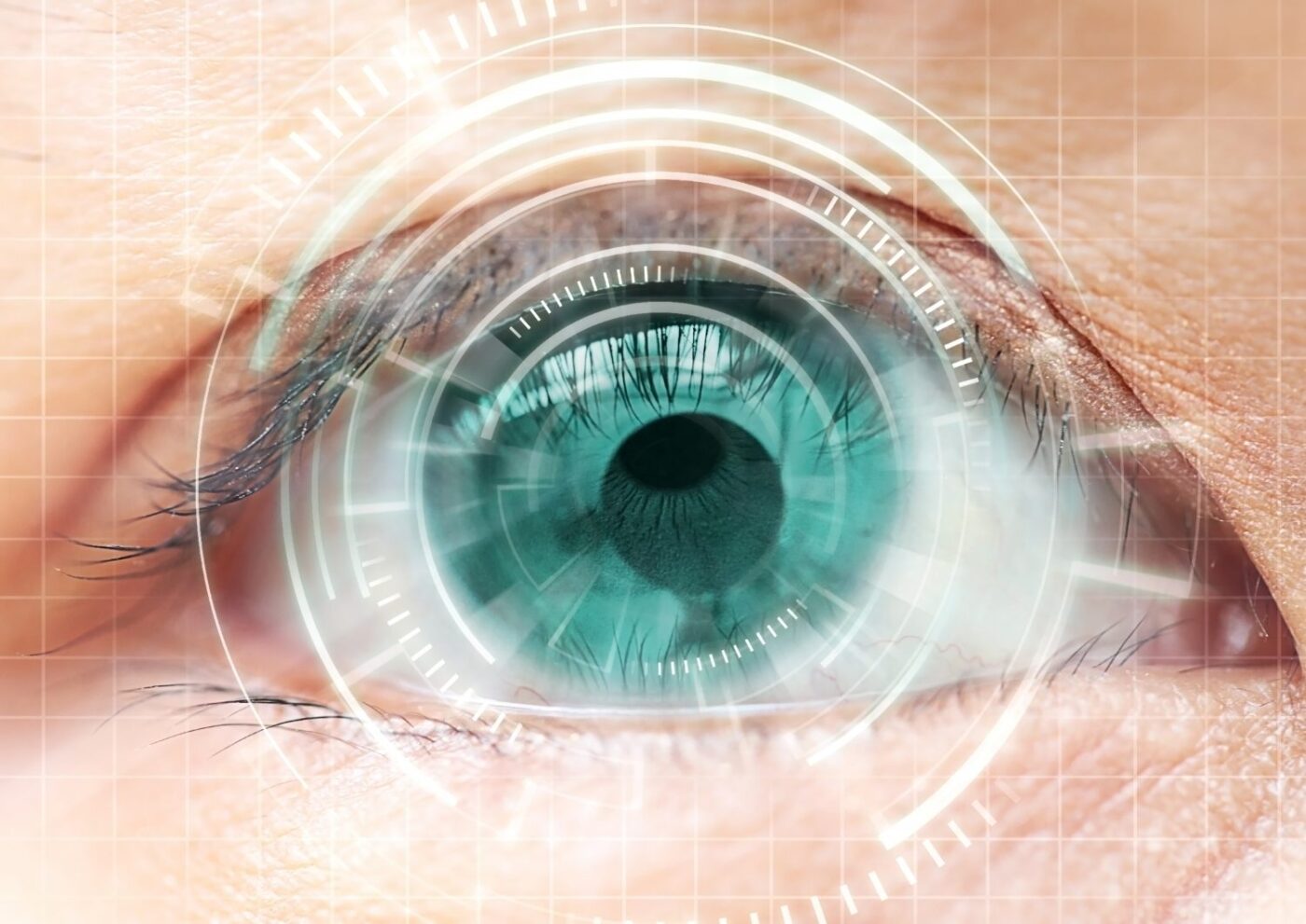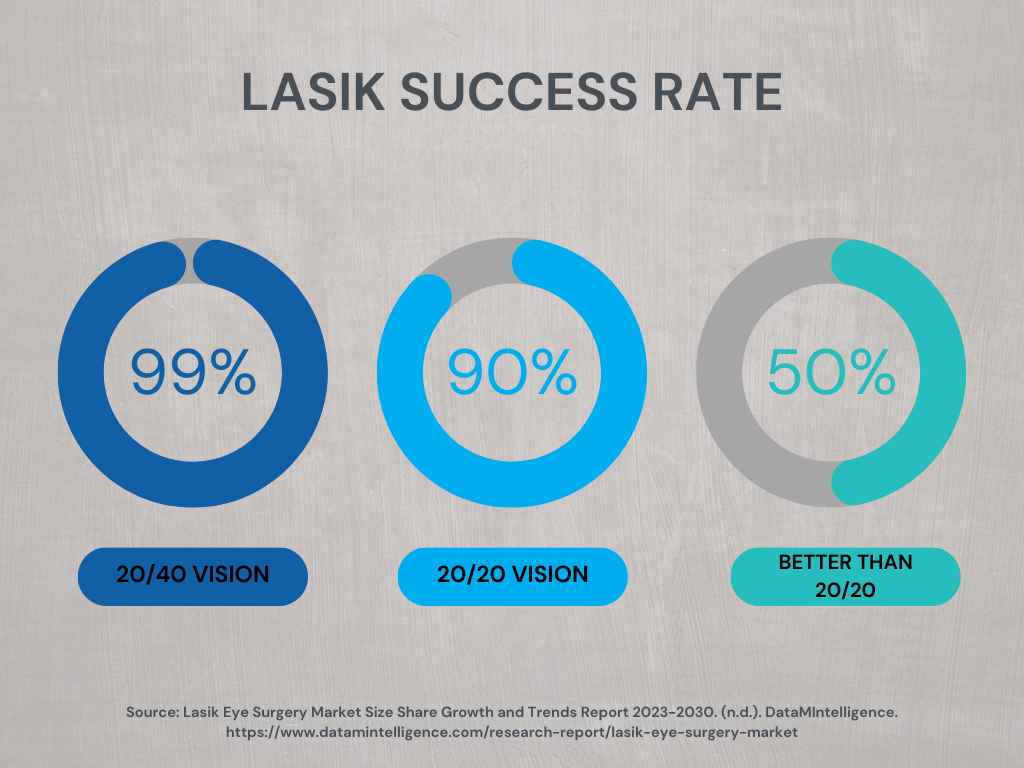Many who are considering LASIK eye surgery often ask one common question: Is LASIK covered by insurance? The short answer is that LASIK is an elective surgery and not typically covered by insurance plans, but there are options available to help cover the cost of LASIK laser eye surgery. Financing options are available for LASIK patients. Ahead, we’ll review some of the most popular options for covering the cost of LASIK surgery.
Understanding the Value of LASIK
Before diving into financing options, it’s important to recognize the long-term value of LASIK eye surgery. While the upfront cost may seem significant, the procedure often proves to be a cost-effective solution when compared to the ongoing expenses of glasses, contact lenses, and related eye care products over a lifetime.
Options for Financing Your Laser Eye Surgery
The decision to undergo LASIK surgery is a significant one, and financial considerations often play a pivotal role in the process. Fortunately, a variety of financing options are available to help individuals achieve their goal of improved vision.
Insurance Savings and Partial Coverage through Insurance
While LASIK insurance coverage is rare, it’s important to note that some insurance plans and employers do provide partial coverage for LASIK surgery. TLC Laser Eye Centers work with many major vision insurance providers to offer LASIK savings, and the savings apply on the day of the procedure so that you don’t have to wait for reimbursement. The TLC team will work with you to make sure you’re getting the most savings possible.
LASIK Financing
TLC Laser Eye Centers offer financing options for laser eye surgery patients. We work with CareCredit, a credit card created specifically for healthcare needs which offers special financing options. If you have specific questions about the financing options available, you can learn more at your local TLC Laser Eye Center.
CareCredit: Healthcare-Specific Credit Card
CareCredit is a specialized credit card designed to cover healthcare expenses, including LASIK surgery. It offers flexible financing options that allow you to pay for your procedure over time, often with promotional financing offers that can make the cost more manageable. We are proud to partner with CareCredit that offers our patients:
- Flexible payment plans
- Special financing options with potentially lower interest rates
- The ability to cover procedures not typically included in standard insurance plans
In-House Financing: Our Commitment to Your Vision
Understanding that each patient’s financial situation is unique, we have developed our own in-house financing program. This option ensures that regardless of your circumstances, you will have access to guaranteed financing. Our in-house plans feature:
- Customized payment schedules
- Competitive interest rates
- No hidden fees or prepayment penalties
Health Savings Accounts (HSA)
A Health Savings Account (HSA) is a tax-exempt account that allows individuals with a high-deductible health plan (HDHP) to save money for medical expenses, including LASIK surgery. Contributions to an HSA are tax-deductible, and funds can be withdrawn tax-free to pay for qualified medical expenses. At [Our Clinic Name], we support our patients in utilizing their HSA funds to cover LASIK costs, providing a convenient and tax-efficient way to invest in your vision health.
Flexible Spending Accounts (FSA)
A Flexible Spending Account (FSA) is another tax-advantaged financial tool that allows you to set aside pre-tax dollars to pay for eligible medical expenses, including LASIK surgery. FSAs are typically offered through employer-sponsored benefit plans and can be used for a wide range of medical needs. Planning ahead is crucial when using an FSA, as funds must be used within the plan year or forfeited.
Just as with an HSA, using an FSA to cover medical needs may be easier with good planning. You can use TLC’s free FSA savings calculator for an easy way to explore how it all works.

Planning Your LASIK Financing Strategy
Whether you choose to finance LASIK through CareCredit, our in-house options, or utilize tax-advantaged accounts like HSAs and FSAs, careful planning is key to maximizing your benefits. Understanding the eligibility requirements and financial implications of each option will help you make informed decisions about your vision correction journey.
At TLC Laser Eye Centers, we are committed to making LASIK surgery accessible and affordable for our patients. Through our comprehensive financing options and support for tax-advantaged accounts like HSAs and FSAs, we strive to ensure that cost is not a barrier to achieving clearer vision. Contact us today to learn more about how we can help you finance your LASIK procedure and take the first step towards a life free from glasses and contact lenses.
If you have any questions about LASIK insurance coverage, financing, or payment options, the TLC team is here to help you learn more. Schedule your free LASIK consultation at your local TLC Laser Eye Center to learn more about financing for laser eye surgery, discuss the benefits of LASIK, and find the options that work for you.















